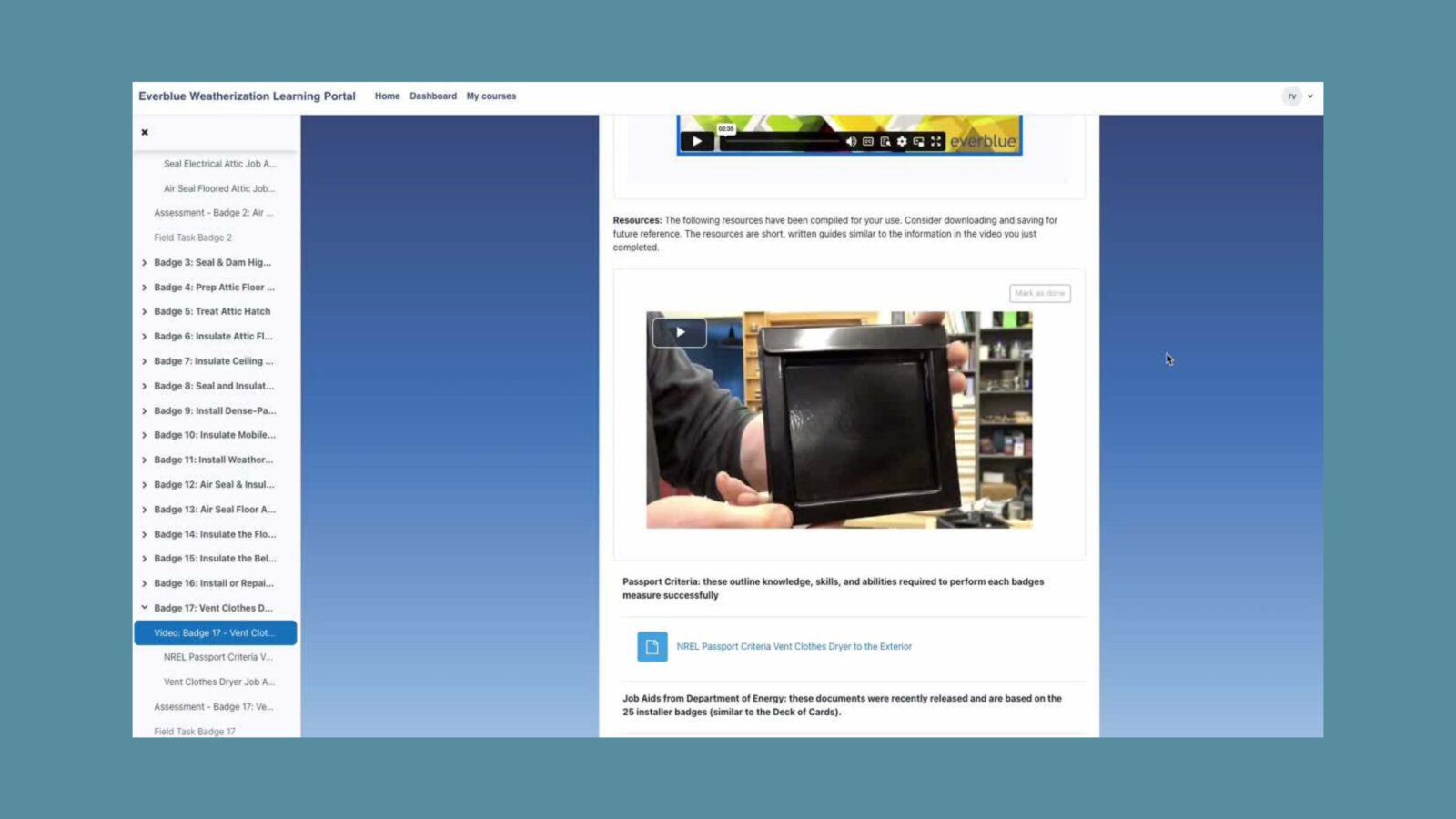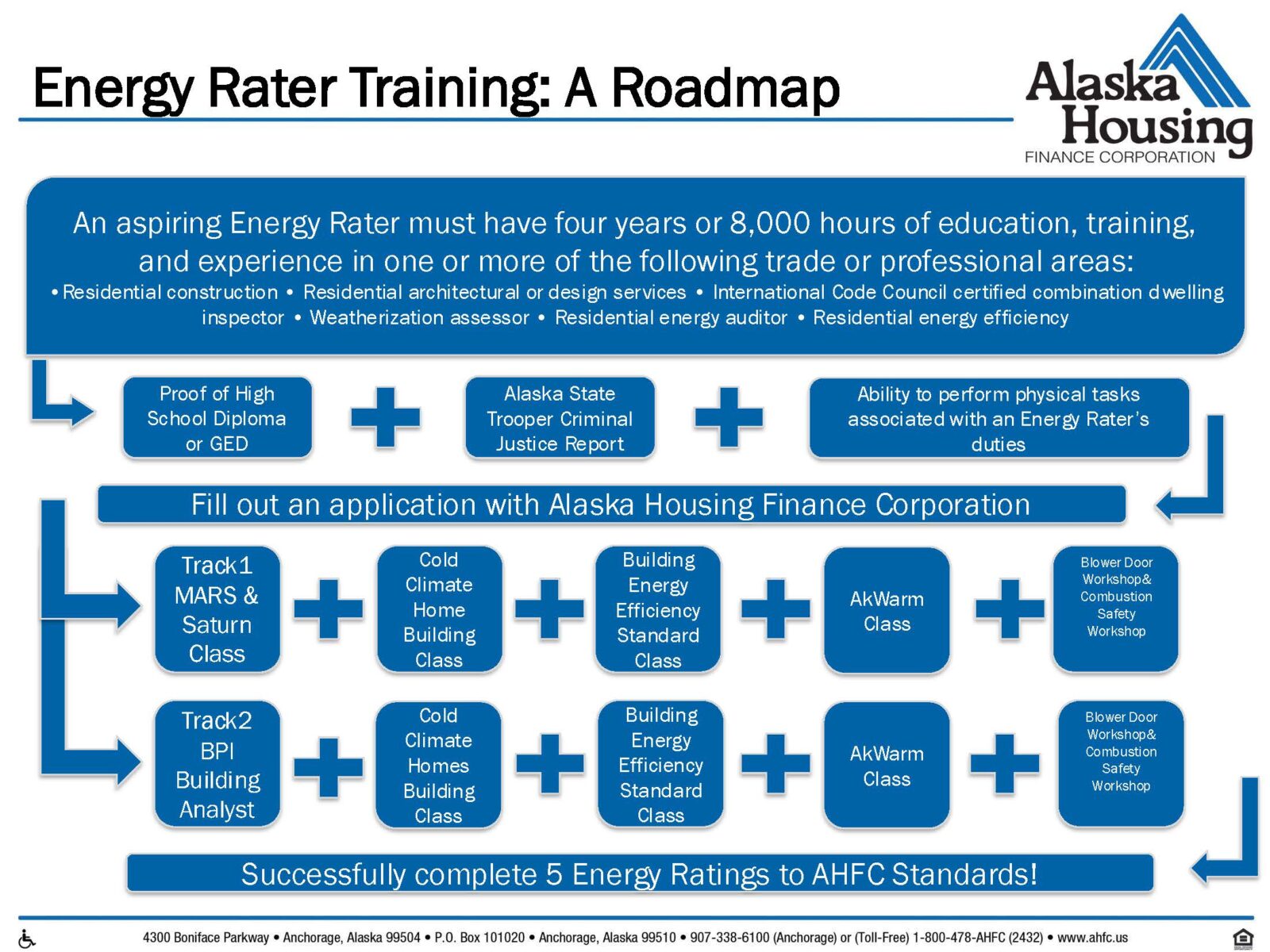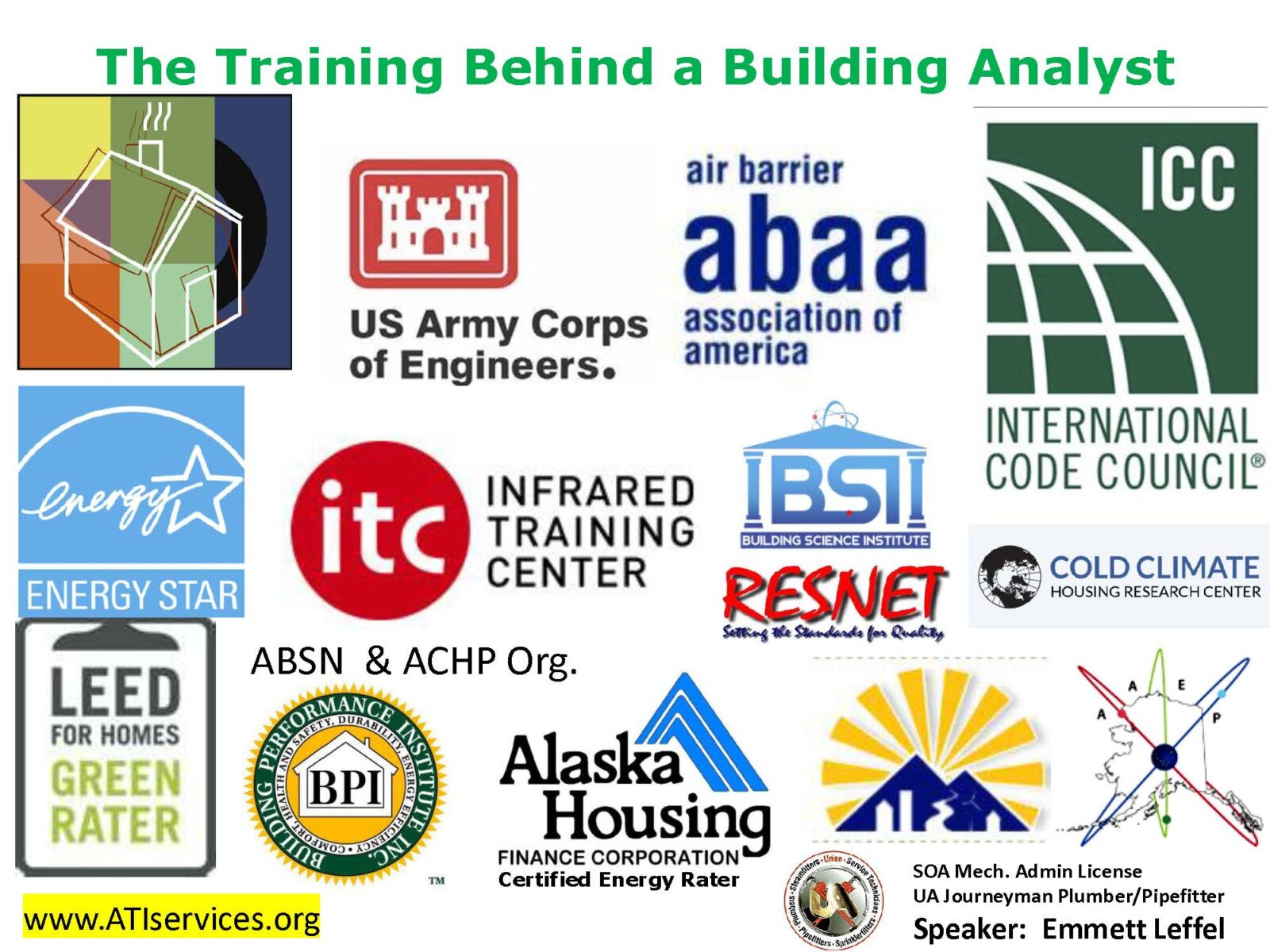Alaska Energy Training Group discusses “stepping stones” for energy efficiency career development
Alaska consistently ranks among some of the most energy intensive and expensive states in the country. Wasted energy from poorly designed homes, leaky building envelopes, and aging housing stock is especially harmful in rural and remote areas, where energy costs often double or triple those paid in urban climates.
Weatherization and home energy retrofits can amount to big savings, as seen in the state’s 2008–2016 Home Energy Rebate Program. With new home energy rebates under development, the Alaska Energy Training Group met on Tuesday, Dec. 3, to discuss training programs and workforce development tactics for the state’s building efficiency workforce. Facilitated by REAP’s Alaska Network for Energy Education and Employment (ANEEE) in partnership with the Denali Commission, the group meets virtually every quarter to share progress, discuss lessons learned, and seed collaborations in the energy training landscape. At their most recent meeting, ANEEE program manager Jenny Starrs recruited Cold Climate Housing Research Center project coordinator Rosa Vogel, Alaska Housing Finance Corporation energy specialist Kevin Blackwell, and building analyst and energy rater Emmett Leffel to share and discuss about the building science training landscape in Alaska.


